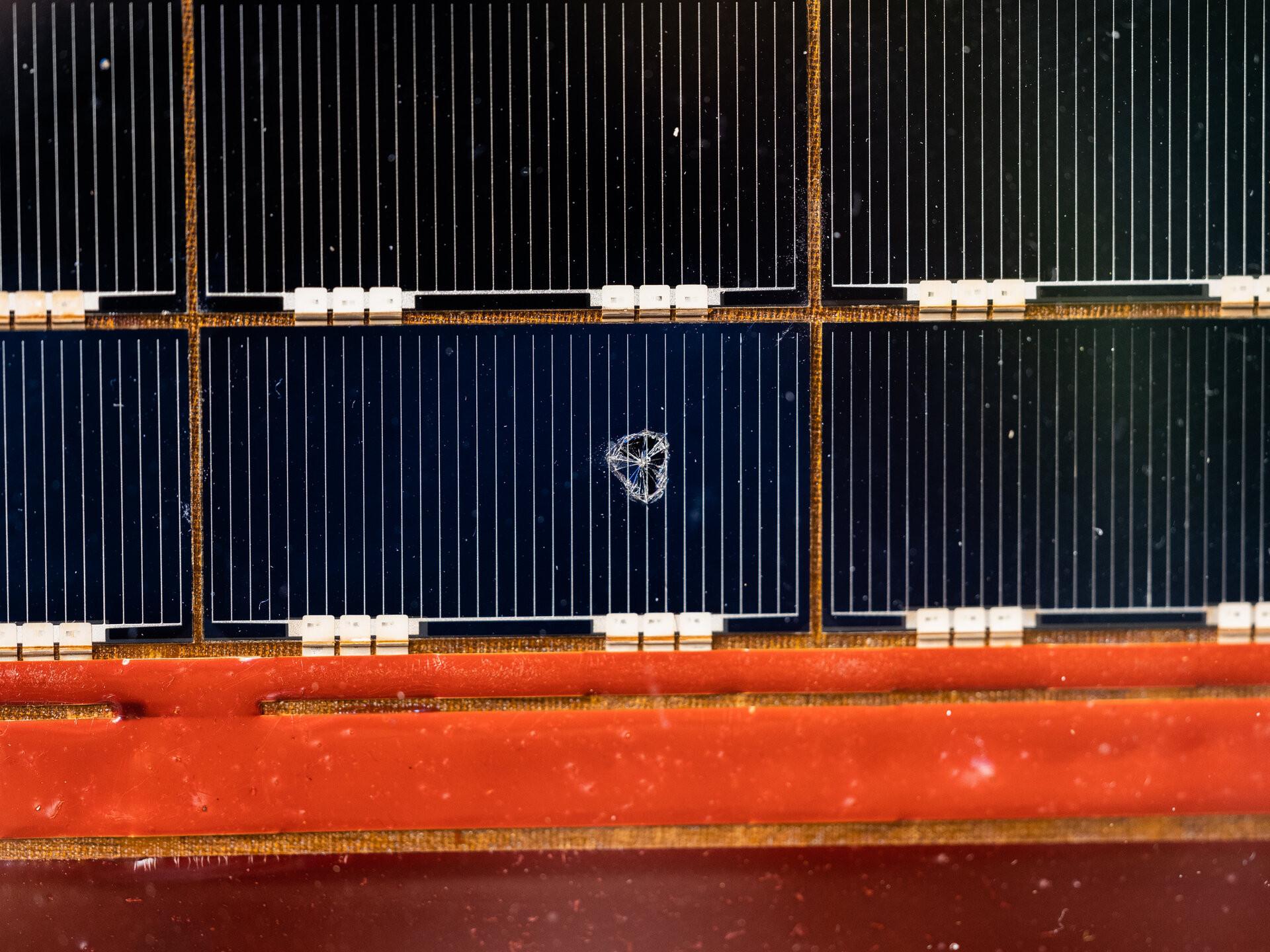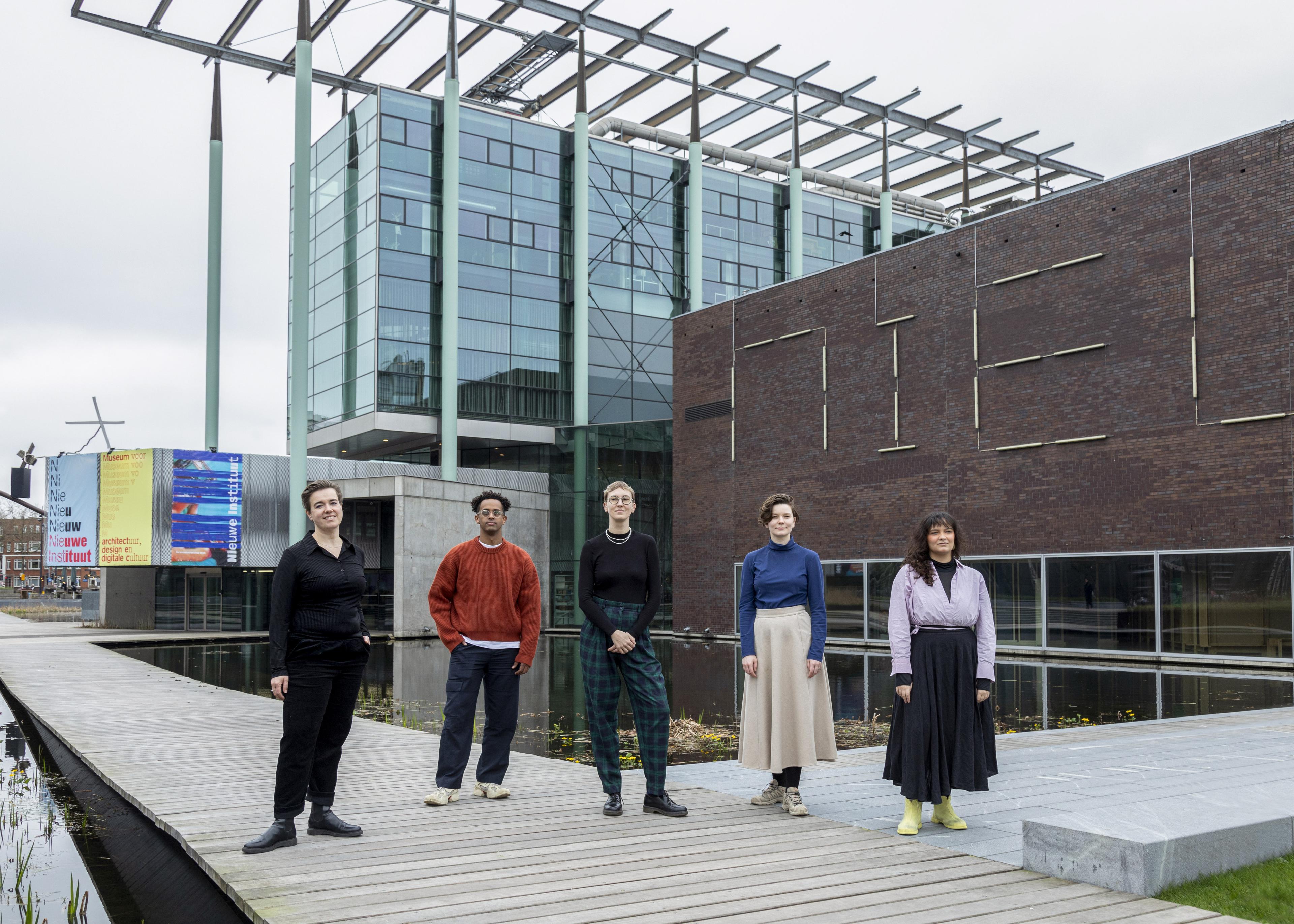With over 70 architects, researchers, designers, and writers, Nature of Hope offers a wealth of perspectives and ideas on how architecture and spatial design can contribute to regenerating nature and biodiversity and restoring ecological balance. But what exactly is needed for a more hopeful, regenerative design practice? How are ambitious visions sown and harvested in the real world?
During the symposium on Sunday, September 30th, we will delve deeper into these questions. One of the speakers is Chicago-based urban designer Emmanuel Pratt, co-founder of the Sweet Water Foundation. Sweet Water Foundation's architectural practice is well-known for its creative and regenerative social justice approach to create safe and inspiring spaces. Established in 2009, the Sweet Water Foundation collaborates with youth, their families, and local residents to revitalize the ecology of blighted neighborhoods in Chicago, transforming six contiguous city blocks on the South Side into a hub for green urban living.
Pratt has been invited to share his insights during the symposium because the Sweet Water Foundation approach to architecture is innovative and, above all, successful. What makes Pratt's approach particularly unique is the blend of urban agriculture, art, and education to transform spaces written off as 'abandoned' or 'vacant' into creative public spaces that are both sustainable and meaningful to residents—all with a limited budget and in close collaboration with the local community. Their work includes approximately three acres of urban farms and a large community garden, a formerly foreclosed home transformed into a school, and another abandoned home currently being converted into a live-work space for artists and designers. Additionally, they have turned a greenhouse into a woodshop and classroom, transformed a shipping container into a learning laboratory and greenhouse, and built a large-scale, timber-frame mortise-and-tenon pavilion that serves as a community house.
During the symposium on Sunday, Pratt will share his vision of architecture as a generative force. "The question is: is the discipline actually generative in itself? It has the potential to catalyze new spaces, but the discipline often views land, buildings, and deadlines in a fixed way, tied to specific timelines, clientele, and capital. This approach can create a disconnect, where architects lack an intimate relationship with the place. The danger is that their work doesn’t truly resonate with the space, a classical result of a top-down approach that is central to the architectural discipline." He explains that in the past, architecture focused more on building, but now it’s about programming. "Generative is about possibility—it’s not about the thing, it is about how it comes alive. We are moving beyond thinking in form and square meters. Your impact as a planner, architect, or designer will need to focus more on activating the space, rather than seeing it as a finished product." That’s why, in all their projects, "the process comes first, evolving the design over time."
It comes as no surprise that Pratt will invite us to imagine: "What if development took place on a human and ecological scale?" According to Pratt, the beauty of this approach is that it opens up many interesting pathways for the architecture industry. "We like to nourish the roots. Every space is connected to memory that carries those roots, and we build upon what is already there," he says. In one of their latest restorations, "we transformed an abandoned house that was soon to become a vacant spot. We discovered various images and archival materials, using them as the foundation to design the place and repurpose materials. Most importantly, we let space grow." In that philosophy, the team and volunteers grow their food locally and create "a farmers' market, a civic arts program, events, workshops and lectures around ecology, and a fellowship where young architects learn about our methods—preparing them for transformative, hands-on, and community-rooted work in the field of architecture."
Though Sweet Water Foundation is not an architectural firm, it has been featured in various architectural biennales around the globe. This is a strong message in itself. "The practice of architecture is radically changing," Pratt says, "and we take small, incremental steps in it rather than only talking about grand ideas." He argues that hopeful visions in architecture positively impact communities when built over time through real-world relationships with nature and people. "At key moments of societal change, humans tend to reach for utopia," he says, but points out the irony that "utopia" means "no place." Idealized images of a utopian future often ignore the long-term process needed for a vision to become a healthy ecosystem. These visions usually benefit only a privileged few while overlooking those who impede rapid development. Pratt calls for architects to embrace the reality that "hopeful visions are most effective when cultivated over time," creating transformative and inclusive environments grounded in everyday community experiences.
That is why Pratt is most looking forward to meeting other solutionaries with whom we share a common set of values. “I am always inspired by others that rebuild communities, re-story spaces and program places in ways that amplify our shared responsibility to each other and the planet.” Want to hear more about Sweet Water Foundation and Pratts vision and work? IABR and Het Nieuwe Instituut warmly invite you to the symposium on July 30th of the 11th edition of the International Architecture Biennale Rotterdam, Nature of Hope, at Het Nieuwe Instituut in Rotterdam.




